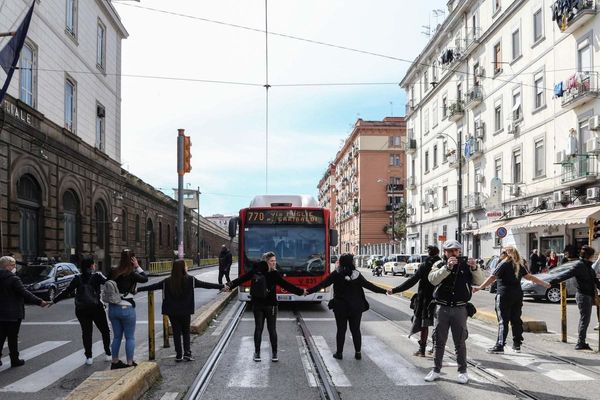
At the centre of the RSC’s vivid new Hamlet is a quiet surprise. At 25, Paapa Essiedu is a youthful prince. Yet his strong performance is governed by one of the most traditional of interpretations. In a winning combination of carnival gusto and despair, Essiedu is a Hamlet whose life is wrecked because – just as they told me at school – he cannot make up his mind.
Simon Godwin’s production is decisive about this indecision. He proves it is fundamental. He breaks the play not, as is most usual, at the Mousetrap but as Hamlet watches Claudius at prayer and hesitates, gun in hand, about killing him. Will he, won’t he? If you don’t know, you’ll have to come back after the interval.
When Essiedu delivers “to be or not to be”, it as if he were trying to break a physical paralysis. He could be under a spell, watching his speech unscroll in front of him. His eyes are half-closed. He stretches out his arms as if to grasp the verbs. Elsewhere he paces as he talks, as if unable to contain his words, or using them to fuel him into action.
Essiedu makes a convincing student – the play opens at the University of Wittenberg. He also makes a convincing artist. In a striking intervention, Hamlet’s dislocations are expressed in huge paintings that hang from the roof as bright, frightening oracles. He sprays graffiti over the royal portrait. He is echoing the vibrant canvases and spectral faces of Jean-Michel Basquiat.
The vaguely military African state to which the play is transplanted is a touch generic. Yet it is also stirring, with tremendous drums and day-glo lighting. One of the cherishable aspects of Godwin’s production is that it does not discard mystery. It belches weirdness. The Ghost – sonorous Ewart James Walters – rises and sinks into the depths of the stage amid gallons of fog. The first sign of the phantom’s approach is a blast of white light that illuminates the faces of those who see him. Which is a wonderful metaphor for the co-operative, responsive nature of the production. People are here revealed by the reactions of others. I have never before heard Ophelia so audible when Polonius delivers his precepts to her brother. Natalie Simpson lets slip a murmur of sisterly reproof.
Simpson’s Ophelia has throughout a welcome fierce edge. She begins by sounding canny; she ends by sounding ferocious. Her madness is a horror, in which she distributes not herbs but strands of her hair. It is plotted with unusual precision. It often comes out of the blue. Not here. It begins after Hamlet’s early wild visit. When he leaves, she smears paint over her face, as if she were one of his canvases.
Tanya Moodie is an imposing Gertrude; Clarence Smith a silky, rather lightweight Claudius. As Horatio, Hiran Abeysekera provides an extraordinary moment after Hamlet’s death. He has spoken with exceptional clarity. And then he howls. I have never heard anything like that before in a Hamlet. It is a fine commentary on the play. Words, words, words, followed by inchoate anguish. Essiedu is the first black actor to play Hamlet at the RSC. I hope we will be astonished by this in five years’ time.
• At Royal Shakespeare theatre, Stratford-upon-Avon, until 13 August







